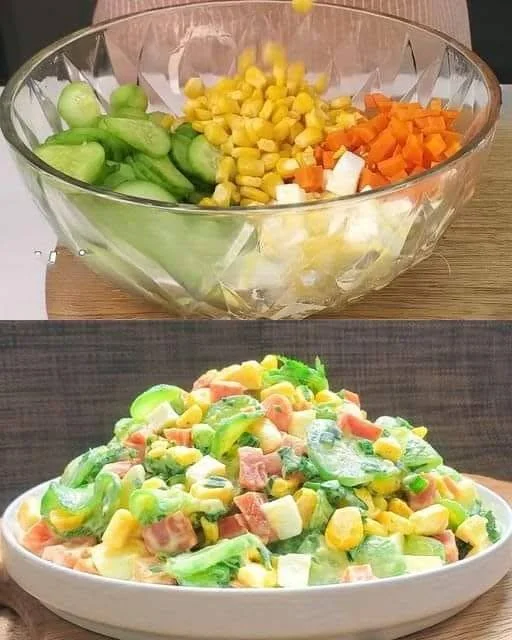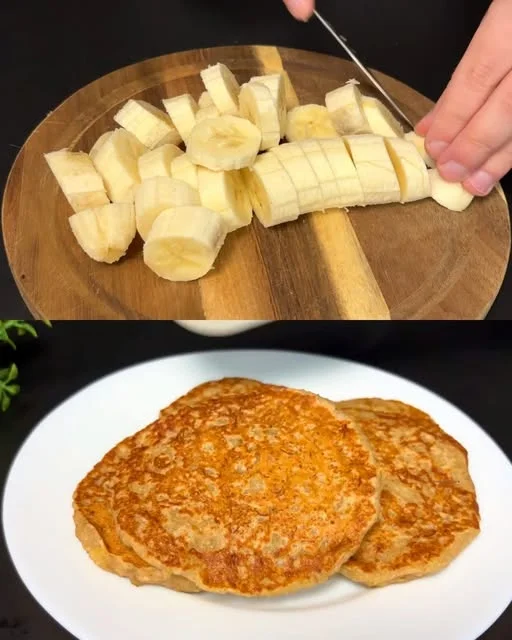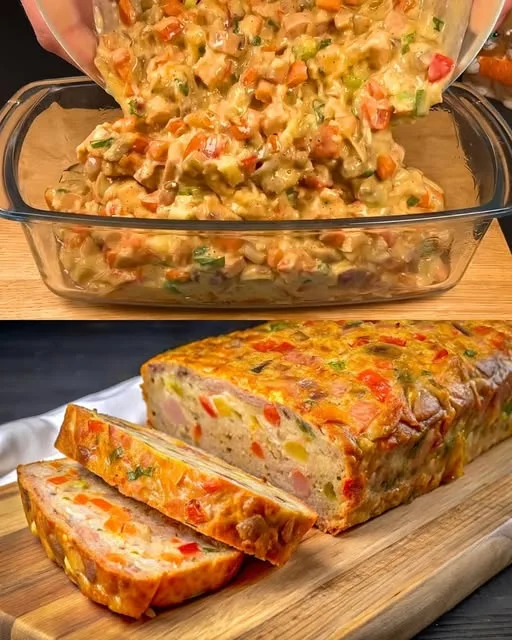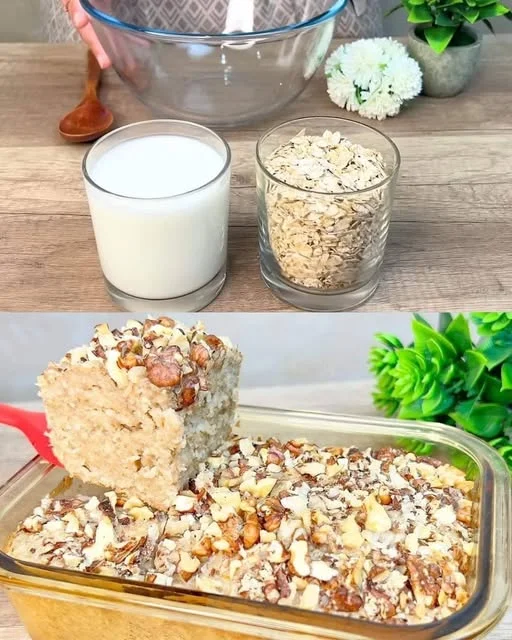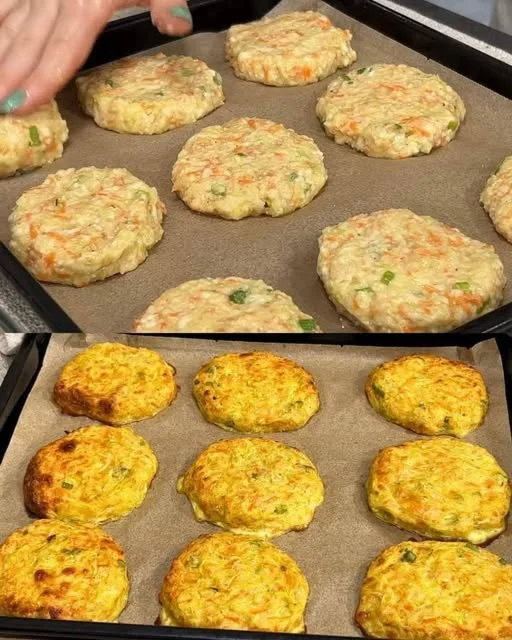The smell of freshly baked bread has always been a comforting part of my life. Growing up, I would visit my grandmother’s home every weekend, and the moment I walked through the door, I knew that something magical was happening in the kitchen. The warm, inviting aroma of freshly baked Turkish bread would fill the air, beckoning me into the heart of the home. My grandmother, always smiling, would hand me a piece of the golden loaf, the crust perfectly crisp and the inside soft and pillowy. There was something about the texture, the warmth, and the comfort of that bread that made me feel like I was wrapped in a hug. Every bite told a story—of family, tradition, and love passed down through generations.
As I got older and moved away from home, I missed the comforting feeling of gathering around the table with loved ones, sharing a warm loaf of Turkish bread. I realized that food has an incredible way of connecting us to our roots. It isn’t just about the ingredients or the techniques—it’s about the emotions and memories that come along with it. This is why I decided to recreate my grandmother’s Turkish bread recipe, to carry forward the traditions that defined my childhood and bring a taste of home to wherever I am. The recipe I now share with you has been passed down, made with love, and baked with memories. It’s more than just bread; it’s an experience, a journey, and a connection to the past.
Why Turkish Bread is a Staple of Warmth and Tradition
Turkish bread, or pide, is more than just a side dish—it’s a cultural symbol that brings people together. Whether served alongside a hearty meal or used to scoop up dips, Turkish bread is the heart and soul of Turkish cuisine. It’s often enjoyed at family gatherings, celebrations, and meals shared with friends, much like how it was present in my own home growing up. Its versatility makes it a perfect companion to a variety of dishes, from meze to grilled meats, stews, or even a simple breakfast.
The beauty of Turkish bread lies in its simplicity. Made with basic ingredients—flour, yeast, salt, and water—this bread requires patience and time to allow the dough to rise and develop its incredible flavor. The result is a golden, soft interior with a beautifully crisp crust. It’s the kind of bread that brings people together, whether you’re pulling off chunks with your fingers at a family dinner or slicing it up for sandwiches. The process of making this bread is as important as the end result. It’s a tradition that has been passed down for generations, and with every loaf, you become a part of that long history.
Ingredients
| Ingredient | Quantity |
|---|---|
| Flour | 500g (1 pound) |
| Warm Milk | 150ml (5 fl. oz) |
| Warm Water | 150ml (5 fl. oz) |
| Salt | 1 tsp |
| Dry Yeast | 2 tbsp |
Directions:
- Activate the Yeast:
In a small bowl, mix the warm milk, warm water, and dry yeast. Stir to dissolve the yeast and allow it to sit for about 5 minutes until it becomes frothy. - Prepare the Dough:
In a large mixing bowl, combine the flour and salt. Gradually add the yeast mixture to the flour while stirring. Continue mixing until a dough forms. - Knead the Dough:
Transfer the dough to a floured surface and knead for 10-15 minutes until it becomes smooth and elastic. If the dough feels too sticky, add a small amount of flour as needed. - First Rise:
Place the dough into a lightly oiled bowl, cover with a damp cloth, and let it rise in a warm place for about 1-1.5 hours, or until it doubles in size. - Shape the Dough:
Once the dough has risen, punch it down and divide it into two equal portions. Shape each portion into a round or oval loaf, depending on your preference. - Second Rise:
Place the shaped dough onto a baking sheet lined with parchment paper. Cover and let it rise for another 30-45 minutes until it puffs up. - Preheat the Oven:
Preheat your oven to 425°F (220°C). If you’d like, you can create a crispy crust by placing a small pan of water in the bottom of the oven during baking. - Bake the Bread:
Bake the bread for 25-30 minutes, or until the loaves are golden brown and sound hollow when tapped on the bottom. - Cool and Serve:
Allow the bread to cool on a wire rack before slicing. Serve warm with your favorite dips or alongside a hearty meal.
Nutritional Information (per serving, based on 8 servings):
| Nutrient | Amount per serving |
|---|---|
| Calories | 150 kcal |
| Protein | 4g |
| Carbohydrates | 30g |
| Fiber | 2g |
| Fat | 1g |
| Sodium | 300mg |
What Makes Turkish Bread So Special?
There’s a distinct charm about Turkish bread that’s hard to replicate. The method of baking, the type of flour used, and the way it’s shaped all contribute to its unique texture and flavor. Turkish bread has a lighter, airier quality compared to some other types of bread, with its slightly chewy interior and perfectly crisp crust. It’s the kind of bread that makes you want to savor every bite.
The warm, soft center of Turkish bread is often paired with a subtle saltiness, making it incredibly satisfying. The exterior is golden brown, with just enough crispiness to provide texture, but it remains light and not overly dense. This balance between soft and crispy is one of the reasons Turkish bread stands out. It can be enjoyed on its own or as a versatile accompaniment to any meal, holding up to rich stews, spicy dips, or even just a slathering of butter.
Baking Turkish Bread: A Labor of Love
While making Turkish bread might seem simple, it’s a process that requires patience and attention to detail. The dough must be given time to rise properly, and shaping the dough into the perfect round or oval form takes a bit of practice. The magic, however, happens during baking. When the dough hits the hot oven, it expands, creating a light, airy texture that is both satisfying and irresistible. The crisp crust, once golden and brown, gives way to the tender, fluffy interior.
For me, baking Turkish bread has become a form of self-care. It’s a quiet, meditative process. From mixing the ingredients to the moment the bread emerges from the oven, there’s a sense of accomplishment in every step. The house fills with the scent of freshly baked bread, reminding me of the comfort I felt as a child. And when the bread finally cools, it’s hard to resist tearing off a piece and enjoying it warm, just as my grandmother once did. The bread might only last for a few hours, but the memories it stirs last much longer.
Frequently Asked Questions (FAQs)
1. Can I use a bread machine to make Turkish bread?
Yes, a bread machine can be used to knead the dough for Turkish bread. However, it’s important to note that the bread machine may not give the same texture and results as hand-kneading. The process of kneading by hand helps develop the gluten in the dough, which contributes to the bread’s airy texture.
2. Can I freeze Turkish bread?
Absolutely! Turkish bread can be frozen once it has cooled. Wrap it tightly in plastic wrap or aluminum foil, then place it in a freezer-safe bag. When you’re ready to eat it, simply thaw it at room temperature or heat it in the oven for a few minutes to refresh its crust.
3. Can I add other ingredients to the dough?
Certainly! While traditional Turkish bread is made with simple ingredients, you can experiment by adding herbs like rosemary or thyme, or even olives for a Mediterranean twist. Garlic and cheese can also make excellent additions to the dough for a more indulgent version of the bread.
4. Why is my Turkish bread too dense?
If your Turkish bread turns out dense, it could be due to under-proofing or overworking the dough. Be sure to give the dough enough time to rise during both the first and second proofing stages. Overworking the dough can also cause it to become dense, so handle it gently.
5. Can I make Turkish bread without a stand mixer?
Yes, you can make Turkish bread without a stand mixer. Simply mix the ingredients by hand in a large bowl, and then knead the dough on a floured surface. It will take a bit more effort, but it’s well worth it for the results.
6. What should I serve with Turkish bread?
Turkish bread pairs wonderfully with a variety of dishes. Serve it with hummus, baba ganoush, or tzatziki for a Mediterranean-inspired meal. It also complements grilled meats, kebabs, soups, or a simple spread of olive oil and herbs. You can even enjoy it with a traditional Turkish breakfast of cheeses, olives, and tomatoes.
Conclusion: A Slice of Tradition
Baking Turkish bread is a beautiful way to honor tradition, share culture, and create memories with your loved ones. Every loaf is a connection to the past, and every slice tells a story. The simple process of mixing flour, yeast, water, and salt becomes an act of love, passed down through generations. Whether you’re baking for your family or sharing the loaf with friends, Turkish bread brings people together in ways that are both delicious and meaningful.
As you bake and share this bread, you’re not just feeding people—you’re nourishing their hearts with the warmth and comfort of a centuries-old tradition. And just as my grandmother’s bread filled my childhood with love and laughter, so too can this simple yet profound recipe enrich your home, one slice at a time.

Turkish Bread: A Flavorful Tradition that Brings People Together
Ingredients
Method
- Activate the Yeast: In a small bowl, combine the warm milk, warm water, and dry yeast. Stir to dissolve and let it sit for about 5 minutes until the mixture becomes frothy.
- Mix the Dough: In a large mixing bowl, combine the flour and salt. Slowly add the yeast mixture to the flour, stirring continuously to form a dough.
- Knead the Dough: Transfer the dough onto a floured surface. Knead for about 10-15 minutes until the dough is smooth and elastic. If needed, add a small amount of flour to prevent stickiness.
- First Rise: Place the dough in an oiled bowl, cover with a damp cloth, and let it rise in a warm place for about 1-1.5 hours, or until it has doubled in size.
- Shape the Dough: Once the dough has risen, punch it down and divide it into two portions. Shape each portion into a round or oval loaf.
- Second Rise: Place the shaped loaves on a baking sheet lined with parchment paper. Cover with a damp cloth and let them rise for another 30-45 minutes.
- Preheat the Oven: Preheat the oven to 425°F (220°C). For a crispier crust, place a small pan of water in the bottom of the oven.
- Bake the Bread: Bake the bread for 25-30 minutes, or until the loaves are golden brown and sound hollow when tapped on the bottom.
- Cool and Serve: Let the bread cool on a wire rack before slicing. Serve warm with your favorite dishes.
Notes
- For a more rustic flavor, you can experiment by adding a small amount of olive oil to the dough or brushing the bread with olive oil before baking.
- You can store any leftover bread in an airtight container for up to 2 days. If it begins to harden, warm it in the oven to refresh the crust.
- This bread is best served fresh, but it can also be frozen once cooled. Just wrap it tightly and freeze it for up to a month. To reheat, place it in the oven for a few minutes.

